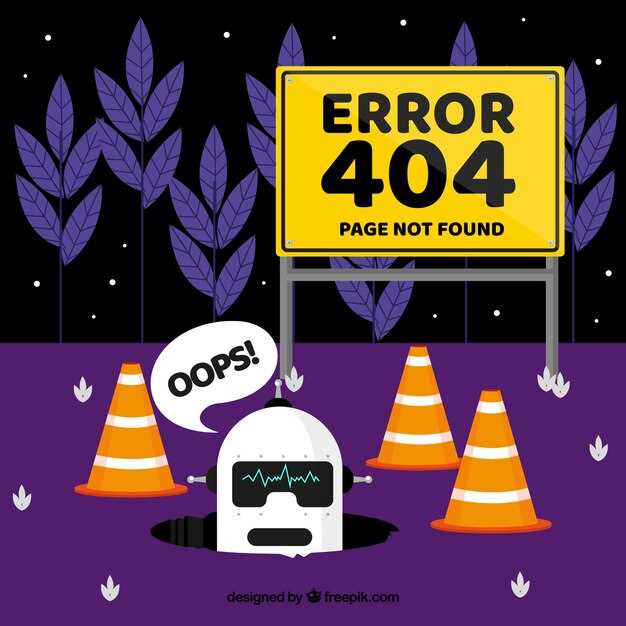
Brakes are one of the most critical components of your Toyota, ensuring safety and control while driving. Recognizing brake maintenance warning signs is essential for any Toyota owner, as neglecting these indicators can lead to more severe issues and costly repairs.
Common warning signs that suggest your brakes need attention include unusual noises, a soft or spongy brake pedal, or the activation of the brake warning light on your dashboard. Addressing these signs promptly can prevent further damage and enhance the overall safety of your vehicle.
Once you identify a problem, understanding the potential solutions for brake repair is crucial. Regular inspections, timely replacement of brake pads, and ensuring proper brake fluid levels can significantly extend the life of your Toyota’s braking system. Being proactive about maintenance will not only save you money in the long run but also provide peace of mind on the road.
Identifying Unusual Noises from Toyota Brakes and Their Implications
Unusual noises from Toyota brakes can indicate underlying issues that require immediate attention. Recognizing these sounds is crucial for maintaining vehicle safety and performance. Common noises include:
Squeaking or Squealing: This sound often results from worn brake pads. As the pads wear down, a metal indicator may contact the rotor, creating a high-pitched noise. Ignoring this sign can lead to further damage, requiring more extensive repair.
Grinding: A grinding noise typically signals that brake pads have severely worn down, allowing metal to make contact with the rotor. This can cause significant damage to both the pads and rotors, leading to costly repairs if not addressed promptly.
Thumping or Pulsating: If you hear a thumping or experience a pulsating sensation in the brake pedal, this may indicate warped rotors. Warped rotors can compromise braking efficiency, necessitating replacement to ensure safe operation.
Clicking or Clattering: This sound can occur if there are loose components within the brake system, such as calipers or clips. It might also point to issues with the brake hardware, which require inspection and potentially replacement to maintain effective braking performance.
Timely identification of these noises is essential for preventing further damage to your Toyota’s brake system. Regular maintenance and prompt repairs can ensure safe driving and prolong the life of your braking components.
How to Inspect Your Toyota Brake Pads and Recognize Wear Signs

Regular inspection of your Toyota brake pads is essential for ensuring safe vehicle operation. Start by checking the thickness of the brake pads. Ideally, they should be at least 1/4 inch thick. If they appear significantly thinner, it’s time for replacement.
Next, listen for any unusual sounds. Squeaking or grinding noises when applying the brakes indicate the pads are worn down and may need immediate repair. These sounds occur due to the wear indicators on the pads, which signal that it’s time to replace them.
Additionally, check for uneven wear on the pads. If one side is more worn than the other, it may suggest that the caliper or other components of the brake system are malfunctioning. In such cases, a thorough inspection of the entire brake system is recommended.
Look for any visible cracks, glazing, or warping on the pads. Cracked or overly shiny surfaces can reduce the effectiveness of your brakes and indicate that your pads have reached the end of their useful life.
Finally, monitor the brake warning light on your dashboard. If this light illuminates, it may be a precautionary warning regarding brake pad wear or other brake-related issues. Addressing any warning signs promptly will help maintain optimal brake performance and ensure your safety on the road.
Step-by-Step Guide to Address Common Toyota Brake Issues

Maintaining your Toyota’s braking system is crucial for safe driving. Common brake issues often arise from worn-out pads, which can lead to decreased performance. Here’s a comprehensive guide to addressing these commonly faced problems.
Step 1: Identify Symptoms
Pay attention to signs that indicate brake issues. Common symptoms include squeaking or grinding noises, a soft or spongy brake pedal, and vibrations during braking. These symptoms often highlight the need for brake pad replacement or repairs.
Step 2: Inspect the Brake Pads
Check the thickness of your brake pads. For most Toyota models, the pads should be no less than 1/4 inch thick. If they appear worn down, it’s time for a replacement. Look for uneven wear or cracks, which also necessitate attention.
Step 3: Check Brake Fluid Levels
Ensure the brake fluid reservoir is at the correct level. Low brake fluid can indicate a leak or worn brake pads, as the pads wear down and the calipers extend further. Top off the fluid if necessary, but plan for a thorough inspection of the system.
Step 4: Replace Worn Brake Pads
Gather the required tools, including a jack, lug wrench, and brake pad set. Lift the vehicle, remove the wheel, and access the brake caliper. Follow the manufacturer’s guidelines for removing the caliper and replacing the old pads with new ones specific to your Toyota model.
Step 5: Inspect and Repair Other Components
While you have the brakes disassembled, inspect associated components like the rotors and calipers. Look for signs of damage or scoring on the rotors. If damage is found, they may require resurfacing or replacement.
Step 6: Bleed the Brake System
After replacing the brake pads, bleed the brake lines to remove any air trapped in the system. This ensures optimal brake performance. Follow the recommended procedure for bleeding brakes in your Toyota’s service manual.
Step 7: Test the Brakes
Once everything is reassembled, start your vehicle and gently test the brakes at low speed. Listen for unusual sounds and ensure the pedal feels firm. A successful test indicates that your repairs were successful.
Step 8: Schedule Regular Maintenance
To prevent future issues, schedule regular inspections and maintenance for your Toyota’s braking system. Regular checks on the pads, fluid levels, and overall brake health will enhance safety and performance.
Following this guide will help ensure your Toyota’s brakes are in optimal condition. Proper maintenance and timely repairs can extend the lifespan of your braking components significantly.




